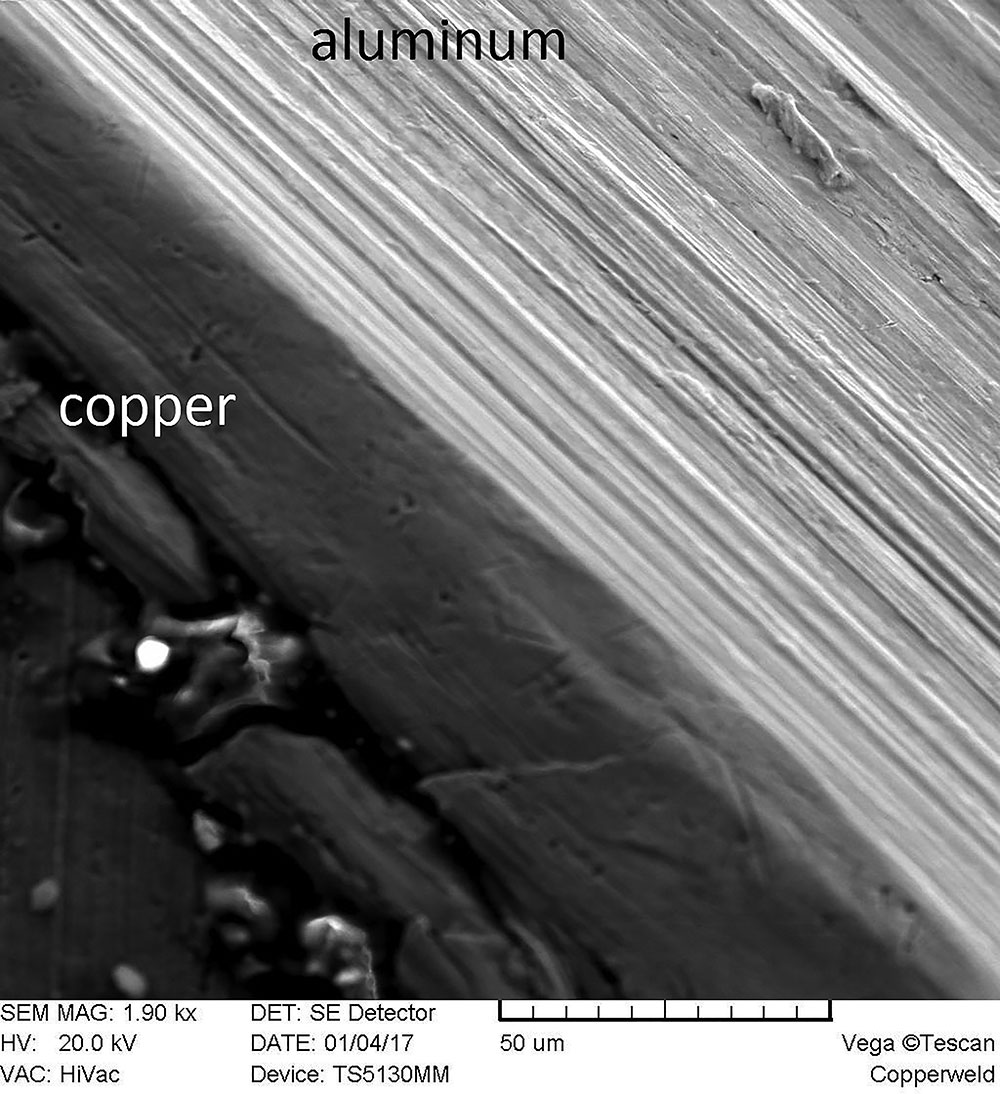Birken Vogt
Senior Member
- Location
- Grass Valley, Ca
Are their own wire nuts expensive? They would be shooting themselves in the foot if they are. If they sold wire nuts competitive with everybody else's, and Wagos are also acceptable, that overcomes most barriers.The other manufacturers are, so far, refusing to have their wirenuts tested and listed for use with CCA. It is my understanding from the CopperWeld people, that they have tested the other existing wirenuts with CCA and they are fine, but the wirenut manufacturers are not interested in listing their products for use with CCA.



